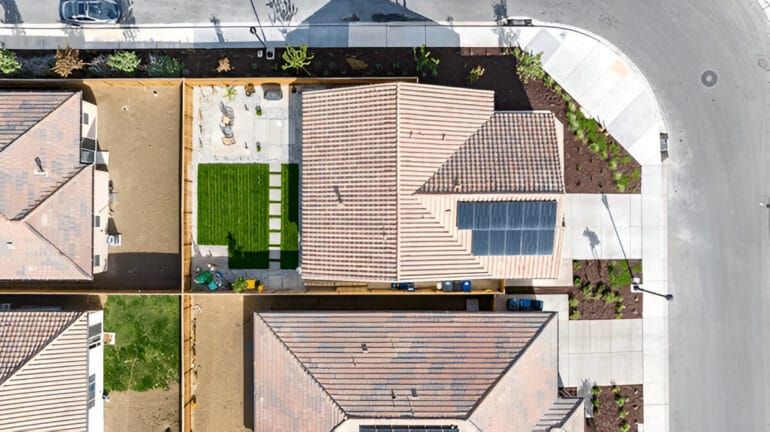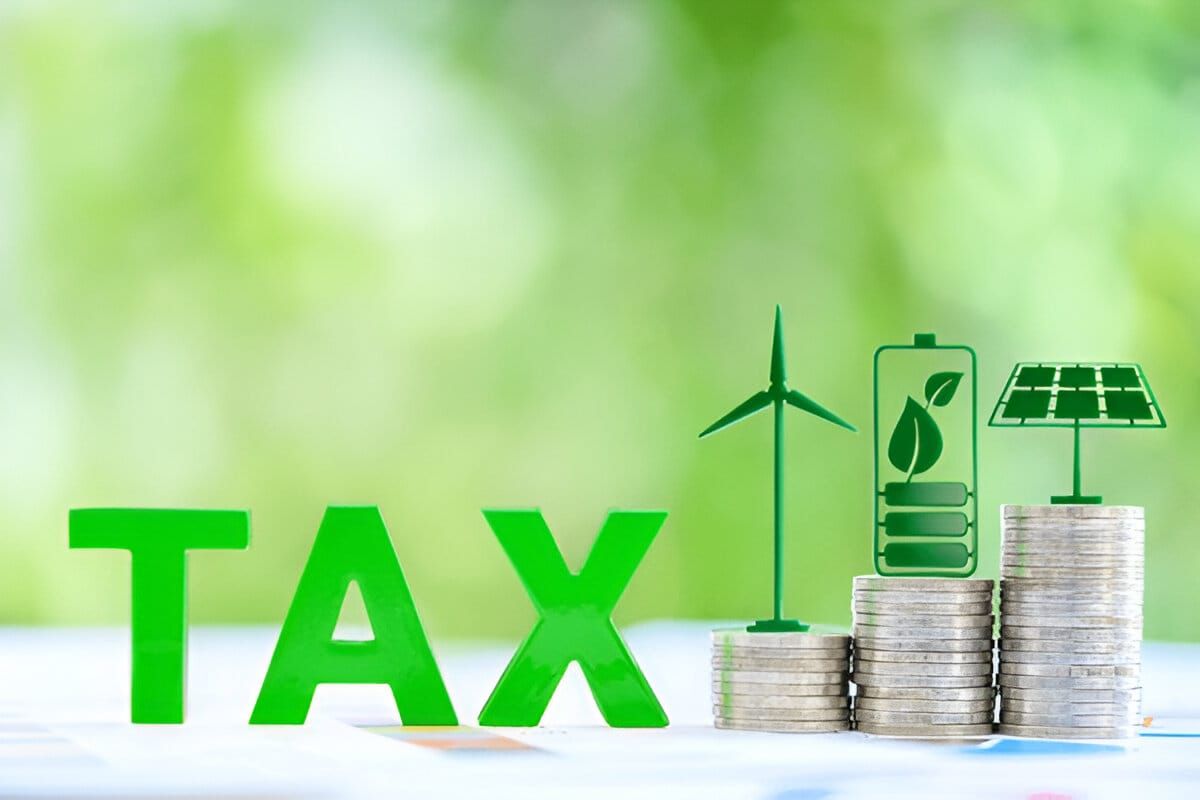As Australia commits to clean energy, the solar energy rebate NSW presents a golden opportunity for households and small businesses to invest in a greener, cheaper tomorrow. From 2025, the government solar energy rebate will change dramatically—making it the most user-friendly program ever for the uptake of solar and battery systems. Regardless of whether you’re setting up solar panels or want to improve your energy storage through a home battery, knowing how NSW solar energy rebate works will save you thousands on your bill and lower your carbon emissions.
Introduction to the 2025 Solar Energy Rebate in NSW
The Australian Federal Government, together with state governments, has implemented upgraded rebate schemes aimed at hastening the nation’s transition to renewable energy. The rebate for solar NSW 2025 is an important part of the process. It encompasses federal and state-based incentives that lower the initial cost of installing solar panels and battery storage systems.
From July 1, 2025, the Cheaper Home Batteries Program will become operational with rebates set according to the usable capacity of your battery system. The NSW solar energy rebate has also expanded to include interest-free loans and grants to enable the uptake of solar at an unprecedented level.
What is the Government Solar Energy Rebate?
The solar energy rebate from the government is a monetary stimulus offered to Australian residents and small businesses who fit solar systems. The rebates reduce the upfront installation costs and promote energy self-sufficiency. The rebate mainly functions with the Small-scale Renewable Energy Scheme (SRES), which grants Small-scale Technology Certificates (STCs) for each solar installation that qualifies.
Starting 2025, you will also be entitled to:
- 9.3 STCs for each kWh of usable battery capacity
- About $344 per kWh off current STC prices
- A rebate of up to $5,367 for a 15.6 kWh battery
This federal rebate is in addition to the NSW solar energy rebate, which offers a maximum rebate or interest-free loan of $3,000 based on your eligibility and system size.
NSW Solar Energy Rebate: Key Facts
From May 2025, the NSW solar energy rebate introduces new terms and better access. The following are the key points:
- Rebate or Loan up to $3,000 depending on system size
- Interest-Free Loans for low-income families
- Eligibility Criteria:
- Family income below $180,000/year
- Property worth below $3 million
- Installation using CEC-approved parts and accredited installers
- Rebate Swap for Solar option for low-income families
This will make solar systems more affordable and reduces the economic barrier for those who want to make the transition.
How the Solar Energy Rebate Australia Works
The rebate program for solar energy Australia is designed to provide both short- and long-term financial incentives. You can save on initial installation expenses and lower your electricity bills by up to 90% through the utilization of a combined solar and battery system.
Rebate Benefits Overview:
- Rebates for usable battery storage (not labelled capacity)
- First 50 kWh of usable battery storage applies
- Eligible for both new and existing owners of solar systems
- Not means-tested (open to all eligible applicants)
- Have COES with dates after July 1, 2025
These qualities place the solar energy rebate NSW among the most generous and participative energy schemes in the nation.
The Federal Cheaper Home Batteries Program: How It Works
The government solar energy rebate through the Cheaper Home Batteries Program starts on July 1, 2025. What you should know:
- STC Allocation: 9.3 STCs per kWh
- Current STC Rate: ~$37
- Total Rebate: ~$344 per kWh
- Battery Eligibility: Must be VPP-enabled, installed by a Solar Accreditation Australia (SAA) certified installer, and on the Clean Energy Council (CEC) approved product list
- Example: A 15.6 kWh battery = approx. $5,367 rebate
NSW Solar Panel Rebate 2025

In addition to battery rebates, the NSW solar energy rebate also provides substantial incentives for solar panel installation:
| System Size | Estimated Rebate (at $35 per STC) |
| 1.5 kW | $990 – $1,050 |
| 2 kW | $1,320 – $1,400 |
| 3 kW | $1,900 – $2,100 |
| 4 kW | $2,640 – $2,800 |
| 5 kW | $3,300 – $3,500 |
| 6.6 kW | $4,356 – $4,620 |
| 10 kW | $6,600 – $7,000 |
| 13.2 kW | $8,712 – $9,240 |
These prices are estimated based on the STC market rate and will vary each year from the phase-out schedule.
What is a VPP and Why It Matters
For you to be eligible for the government solar energy rebate, your battery system should be VPP-capable. Virtual Power Plant (VPP) aggregates several home batteries into a large network of grids so that energy is transferred between households. Although you might not join a VPP right away, getting a VPP-ready system makes you eligible for rebates.
What to Consider Before Applying
When planning to take advantage of the solar energy rebate NSW, here are some vital points to consider:
- Plan for the Future
- Consider potential increases in household energy usage from EVs, heat pumps, and electric cooktops
- Size the System Appropriately
- Oversizing today can help avoid costly upgrades later
- Focus on Usable Capacity
- Always ask for usable capacity—not just total capacity—when getting quotes
- Use Trusted Brands
- Go for systems with strong warranties and reputable after-sales service
- Get an Energy Audit
- A qualified installer should model your energy needs to design a system specific to your household
Why Timing Matters for Solar Rebates
Delaying your decision could cost you. The government solar energy rebate is scheduled to reduce each year until 2030. Current interest-free loans and state incentives may also be revised or withdrawn, making 2025 one of the most cost-effective years to invest.
Additionally, with NSW energy bills to rise by as much as 9.7%, solar can deliver almost instantaneous savings.
The Big Picture: Solar Energy Rebate Australia Targets
Australia’s overall target is to be net-zero by 2050. The step-by-step solar energy rebate Australia plan, with annual 4–5% decreases, promotes taking action now. Those who wait too long can lose out on significant savings.
Solar and battery system integration isn’t simply about saving money—it’s about long-term energy security, doing the right thing for the planet, and boosting your property value.
Energy Solar Rebate WA Perth: A Comparative Perspective
Although this article is centered on the solar energy rebate NSW, Perth residents in Western Australia can also enjoy the energy solar rebate WA Perth by taking advantage of federal initiatives such as SRES. WA homeowners can enjoy:
- STC-based discounts
- Battery system rebates
- Interest-free lending options
This indicates the federal efforts to ensure that solar energy is accessible throughout all the Australian states.
How to Get the NSW Solar Energy Rebate – Step-by-Step Guide
Getting the NSW solar energy rebate is an easy process made to assist home owners and small enterprises move to renewable energy with less hassle. Below is a precise explanation of what to do in getting your government solar energy rebate:
Check Eligibility on the NSW Government Website
Start by checking the NSW Government website for the eligibility criteria. To be eligible, your family income should typically be below $180,000 annually, and your house should be valued below $3 million. Low-income families can also be eligible for interest-free loans or the Rebate Swap for Solar program.
Select a CEC-Accredited Installer
Only solar systems fitted by Clean Energy Council (CEC) accredited installers with approved components qualify. Choosing an accredited installer guarantees your system is up to technical and safety standards necessary for the NSW solar energy rebate.
Get a Quote
Ring your preferred installer to ask for a comprehensive quote specifically suited to your property and energy requirements. The quote must specify system size, prices, warranties, and anticipated savings.
Sign a Contract
Once you’re satisfied with the quote, proceed by signing a formal contract with the installer.
Installer Applies for the Rebate
Your installer will handle the rebate application process on your behalf through the government’s official online platform.
Rebate Approved and Deducted from Cost
After approval, the government solar energy rebate amount will be directly deducted from your total system cost.
Pay the Remaining Amount
Pay the balance after the rebate has been subtracted.
System Installed with Required Documents & Warranty
The installation is completed by the installer and all compliance documents, warranty certificates, and user manuals are furnished.
Conclusion: Make the Most of the 2025 Solar Energy Rebate with Easy Solar
The NSW solar rebate for 2025 is the game-changer. With significant financial incentives from federal and state governments, now is the ideal moment to invest in solar energy and battery storage. Rebates for usable capacity, interest-free financing, and the ability to save up to 90% on electricity bills provide long-term returns.
If you are considering making the transition, Easy Solar can assist you in getting the most out of these rebates. With experience in:
- Residential and commercial solar panel installation
- Battery storage systems
- Solar hot water systems
- Solar panel cleaning and maintenance
- Finance solutions and solar calculators
they provide individualized, CEC-compliant solar solutions optimized for long-term efficiency and cost savings.
Whether you’re in WA or NSW, Easy Solar makes it easy to go solar—from quote to installation—making it simpler than ever to adopt renewable energy.
Join the millions already saving with Easy Solar now and make sunlight equal serious savings!







